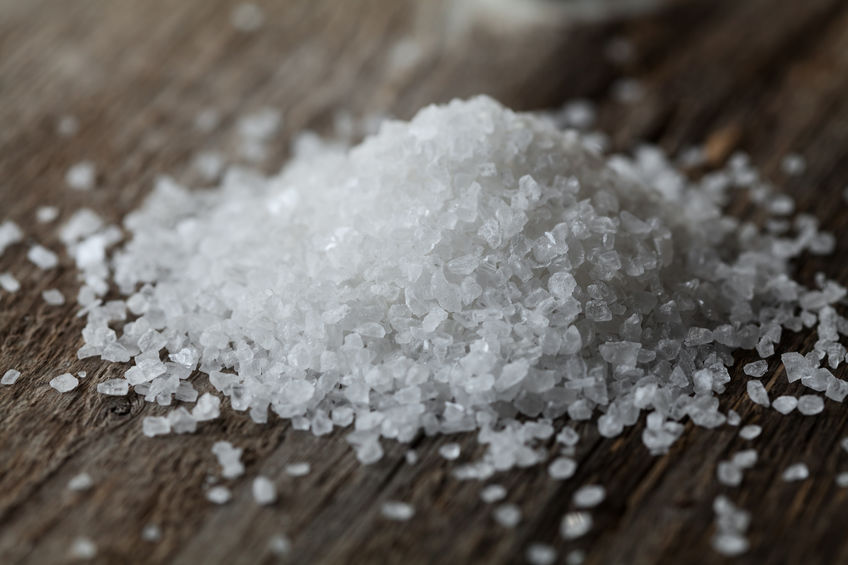
How salt triggers allergy
Sodium chloride can promote immune responses that have been linked to atopic dermatitis. Researchers have now unraveled the mechanistic details between salt intake and activation of T cells.
German researchers have found that or sodium chloride could be a promotor in allergic responses of the immune system. In Science Translational Medicine, Julia Matthias and colleagues from Universities in Munich and Berlin showed that the skin of patients with the skin disorder atopic dermatitis (AD) contained elevated levels of sodium chloride.
The incidence of allergic diseases has increased over the past 50 years, likely due to environmental factors. Scientists have suspected the increase in sklin salt concentration is due to non-genetic factors such as huge consumption of dietary salt from processed foods, but it remained unclear how such factors contribute to the immune abnormalities seen in allergic and autoimmune diseases. Interestingly, previous research has suggested sodium chloride could be involved in multiple sclerosis by encouraging the differentiation of T helper 17 (TH17) cells.
Seeking further insight, Matthias et al. investigated how signaling networks mediated by sodium chloride could influence the activity of other T helper cell types. They treated T cells from healthy donors with sodium chloride and found the compound boosted the function of TH2 cells, which have been tied to the development of allergic diseases. Sodium chloride exposure also diverted undifferentiated T cells to become TH2 cells, and heightened the production of pro-inflammatory cytokines by increasing the activity of the osmosensitive transcription factor NFAT5 and the enzyme SGK-1, which regulated TH2 signature cytokines and master transcription factors in hyperosmolar salt conditions.
What’s more, biopsies of diseased skin from adult patients with AD harboured higher sodium chloride concentrations compared to non-diseased skin in the same patients or in psoriasis patients. These results suggest that sodium chloride represents a so far overlooked cutaneous microenvironmental checkpoint in atopic dermatitis and atopic diseases.


 BIOCOM / aminul788 - Adobe Stock
BIOCOM / aminul788 - Adobe Stock Bayer Co.Lab
Bayer Co.Lab